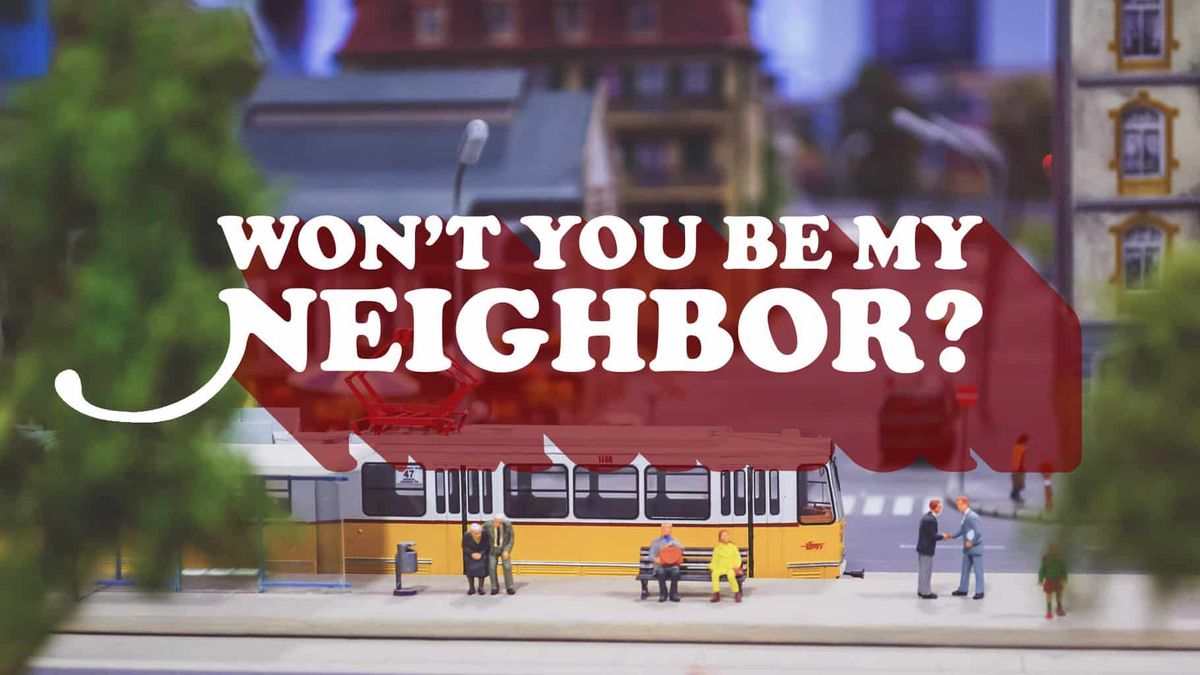Zoning exists for a reason...
Zoning was created as a tool of oppression in the U.S., notably against Black people. As Ann Arbor faces a housing crisis, we must challenge these exclusionary practices. Do we promote diversity and inclusivity, or perpetuate exclusion?

A local anti-development blogger said something that struck a nerve with me today.
"Zoning exists for a reason and it is subject to community consensus, as a rule."
On this, we agree.
Zoning does exist for a reason. While this anti-development blogger might see zoning as a shared consensus among neighbors on how to order our community, I am faced, however, with the bleak reality that in the US, zoning was created and has been used as a tool of oppression, especially against Black people.
Cases such as Buchanan v. Warley (1917) and Village of Euclid v. Ambler Realty Company (1926) serve as stark examples of how zoning was manipulated to oppress communities of color. In these instances, homogeneous zoning carved out exclusive areas for white families in the name of promoting "health, safety, welfare," or "stability" in communities, while excluding others.
Consider also Frederick Law Olmsted Jr., a member of President Warren G. Harding's Advisory Committee on Zoning, who argued that "racial divisions…have to be taken into account" in housing developments. His sentiments, echoed by fellow committee members, suggested that zoning laws could – and should – reinforce racial boundaries.
As Richard Rothstein emphasizes in his book, "The Color of Law," zoning laws have adversely affected millions of Americans of all races. By erecting buffers between classes, races, and socioeconomic statuses, zoning laws have restricted access to wealth-building opportunities while facilitating the accumulation of generational wealth for select groups – what I refer to as sequestered wealth.
So, how does all this relate to Ann Arbor? Currently, Ann Arbor is facing a significant housing crisis. Our rent burden stands at a staggering 55% and continues to rise – a figure that is not far off from New York City's 68%. Consequently, housing affordability is increasingly becoming an existential threat for many – just talk to the graduate students who are demanding cost of living increases from the University of Michigan.
In the midst of this crisis, a knowledgeable and vocal minority of landowners have emerged to staunchly resist any new housing that does not carry an 'affordable housing' label. Their objections echo around the planning table with each proposed new development. However, blocking housing of any kind because it's not deemed "affordable" doesn't help alleviate our housing crisis. Instead, these objections become another barrier to housing development in Ann Arbor, contributing to our astronomical housing prices. I see this ostensible concern for affordability in housing as a modern incarnation of the historical "health, safety, welfare, or stability" arguments used by "white" communities to exclude families like mine from living in areas such as Ann Arbor or East Lansing.
Over the past 21 years, the University of Michigan – a major draw for the city – has increased its student body by approximately 12,250 and hired over twice that many new employees. Yet housing in Ann Arbor has averaged only about 127 units of housing per year. Who benefits from this housing crisis? Those of us with sequestered wealth, of course, as the value of our homes and land skyrockets by 100% to 300%.
With recent city growth, deciding how to address our housing crisis has become contentious. Zoning is a major issue, at the center of this contention, often portrayed by anti-development voices as a 'neutral' tool for regulating the type, pace, and placement of development. This is a fallacy. Historically and currently, zoning has been wielded to safeguard the wealth of landowning residents, while denying others the same access to amenities and quality of life.
While we've moved beyond explicit arguments about lot sizes, current homeowners in Ann Arbor are deciding who gets to be a neighbor. Though explicit racial zoning practices are no longer legally defensible, the echoes of past exclusionary practices linger, shaping our current choices and determining the socioeconomic and racial composition of our communities. This leaves us with a choice: do we challenge these historical patterns, make room for more housing, welcome diverse neighbors, and strive for inclusivity, or do we perpetuate the cycle of exclusion that rewards the 'winners' at everyone else's expense?
The way forward is clear, we must change our zoning to allow for more density in our existing neighborhoods, building "the missing middle" — duplexes, triplexes, quadplexes, etc. This type of housing already exists in our neighborhoods, but if we make it "by right" in all our residential zoning districts, we can see real, gradual changes in housing stock and maybe even in affordability.
As Mr. Rogers said, "Won't you be my neighbor?"